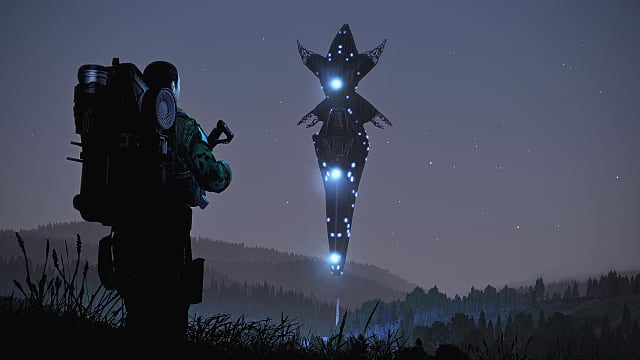

There is no widely-known military simulation game quite like ARMA, and despite a large portion of its fame coming from its DayZ mod, the series nonetheless has a core contingent of fans. Whether they came for the zombies and decided to stay or wanted something more tactical and freeform, the ARMA playerbase remains dedicated to the game after many years, iterations, and DLCs.
Contact is the latest downloadable content to hit ARMA 3. Though it comes with a new map and plenty of new assets for hardcore players to dig into, the real draw here is the singleplayer campaign where an alien intelligence visits earth in a first-contact scenario.
Making a Playbook
Initially set as a large-scale military exercise in the fictional country of Livonia, you play as Specialist Aiden Rudwell, and it's your job to assist both the Livonian Defense Force (LDF) and their American allies in a mock invasion by the Russians.
Things start innocently enough, as the entire first mission of the DLC is nothing more than a failed attempt to steal fake data from a terminal behind enemy lines. You learn a little bit about the world you're inhabiting (it's not particularly interesting), the people you'll be working with (a fairly standard bunch), and the equipment you'll be spending a lot of time using (it's ARMA, so it's awkward).
Then, events begin to spiral downward, and they do so quickly. An explosion rocks the base where Rudwell and his team are stationed, revealing a strange structure that defies description.
Two weeks pass without much news, at which point one of Rudwell's buddies — and his immediate superior — Corporal Stype starts to get a little paranoid. Through a series of increasingly silly shenanigans, a darker story nonetheless starts to tell itself.
It's typical science-fiction fare. Someone's trying to cover something up, there are unknown figures and voices in places they shouldn't be, and Stype, ever the not-conspiracy-theorist-but, only finds his paranoia rewarded with each passing moment.
Rudwell, for his part, wants nothing to do with any of it, but partly because he's the protagonist and partly out of curiosity, he goes along with Stype's plans.
Or he does until every piece of electronic gear in the country gets knocked offline, everyone panics, and a giant blue-blank space ship shows up to some unknown purpose.
Finding Answers
It's not a terribly paced first act if I'm honest. While predictable and marred by voice acting that leaves much to be desired, the story is told well enough.
Once the aliens actually arrive, however, everything starts to go sideways. Stype does something stupid, of course, which leads the LDF to have shoot-on-sight orders for any Americans they see. Comms and equipment not shielded against electronic warfare are inoperable, and the chain of command, while intact, is shaky at best.
Oh, and there's a couple of weird dudes from overseas who know exactly what the plot needs them to know, and no more.
At this point, there's a huge shift in gameplay style and the quality of the storytelling. No longer a war simulation, Contact now asks the player to go into stealth mode.
You're forced to rely almost exclusively on the Spectrum device, a frequency transmitter/receiver that has as many applications as the developers need to make the plot move along. The device can: send and receive enemy transmissions, send and receive orders to enemy squads so you can sneak by them, pick up and "talk" to alien entities, plus a few other minor features that make these primary tasks easier.
The reliance on stealth and subterfuge does several things to make ARMA 3 Contact a lesser experience.
First, it highlights the glaring flaws in the game's AI. From its inhuman ability to detect the player to aim that would give a Stormtrooper a run for their money, the AI foibles you would usually solve with a gun are all too plain to see.
Second, you won't be firing a single bullet for hours. And yes, I know that makes sense in the context of the story, but the game goes out of its way to give you a new weapon with every mission, even when it knows you won't need one. You're incentivized from the beginning to distract and deceive, not to kill, as the people you'd be shooting are technically your allies. That the game eventually throws this out notwithstanding, I found it irksome that I had access to so many different pieces of gear that served no purpose beyond window dressing.
Third, half of the ARMA experience doesn't exist. There's very little squad play, even with your NPC allies. Almost everything you do is done solo with only said NPCs on the radio to keep you company. You don't have access to many vehicles, either, as the need for stealth makes such noisy machines a hindrance. And because you're walking everywhere, it takes several minutes just to get to your next objective, seemingly just to pad out gameplay time.
Last, is the "Danger Zone" mechanic, which prevents you from saving as long as you're inside the red circle, forcing you to rely on the game's awful autosave system. Checkpoints are few and far between and with such droll voice acting and mission variety, a single death can cost almost 15 minutes.
The game did have its moments, infrequent though they sometimes seemed. Duping the AI never got old, simply because they were so eager to follow fake orders. Using the map and topography to place yourself effectively was also incredibly satisfying, and I would be lying if I said there were genuine moments of awe at some of the alien designs. They weren't anything revolutionary, but I still found their presence menacing, strange, and fascinating.
The Occasional Alien
Despite its claim to be primarily a "First Contact" scenario, the Contact DLC doesn't focus on the aliens themselves much. They are a presence, something beyond our understanding and control, the kind of force we can only hope to avoid or redirect than face head-on.
I think that's my favorite part about Contact, as well. Stories of alien contact shouldn't answer too many questions, and I've always felt that aliens that take too much of the spotlight do a disservice to the human stories that we can actually relate to.
Mystery is essential when it comes to crafting an extraterrestrial narrative, and Contact makes no attempt to truly understand The Visitors, as they come to be called. They are as strange and incomprehensible at the beginning as they are at the end, and though I would have loved to see what kind of creatures they were in the flesh, I am nonetheless satisfied with their presence in the ARMA universe.
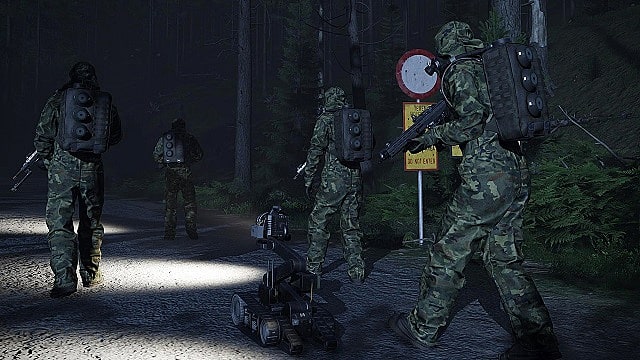
Pros:
- Interesting aliens that perfectly straddle the line between threatening and mysterious
- A vast, well-constructed map to explore
- A serviceable narrative that doesn't break new ground and gives its players seven or eight hours of pleasant diversion
Cons:
- An almost complete disregard for what makes ARMA the franchise it is
- Poor performance even on good hardware
- Baffling design choices that cost players time for a single mistake
ARMA 3 Contact is a valiant attempt to tell a unique and engaging science-fiction story in a realistic setting. It spends a little too much time getting in its own way, and there are moments where it seems a little too inside its own head. However, it remains a serviceable narrative regardless of its other shortcomings.
ARMA veterans will find something to like in Contact, if only as a pleasant distraction from the standard gameplay loop of the core game. The new map and assets are likely to be much appreciated, but for someone not already enthralled by the military-simulation genre, there's little here to convince them to jump in and see what the fuss is about.
[Note: A copy of ARMA 3: Contact was provided by Bohemia Interactive for the purpose of this review.]
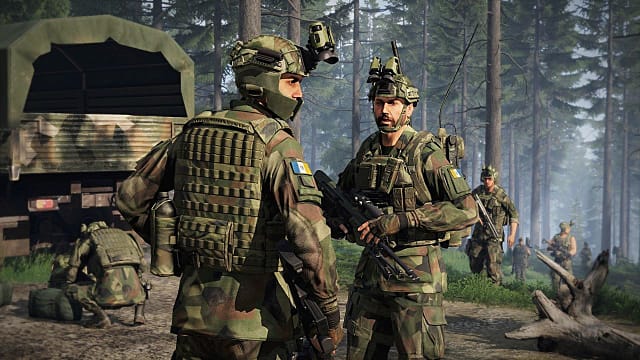
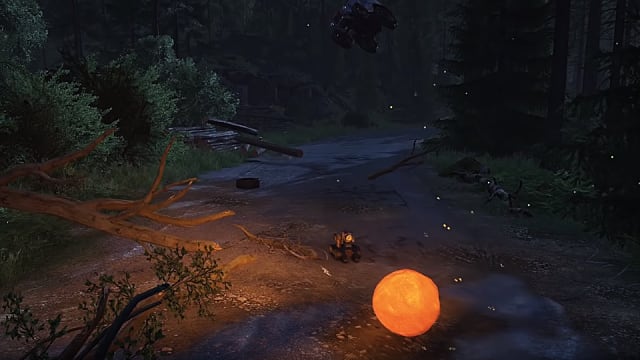
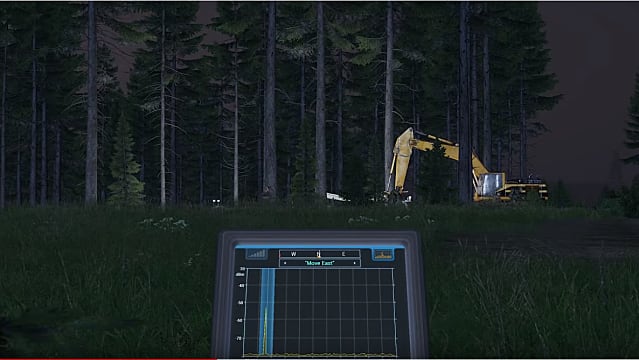

0 comments:
Post a Comment